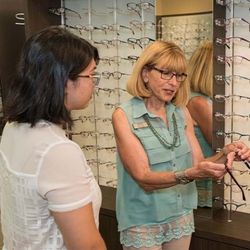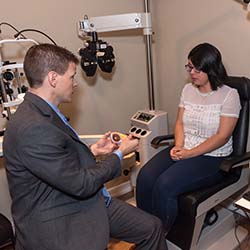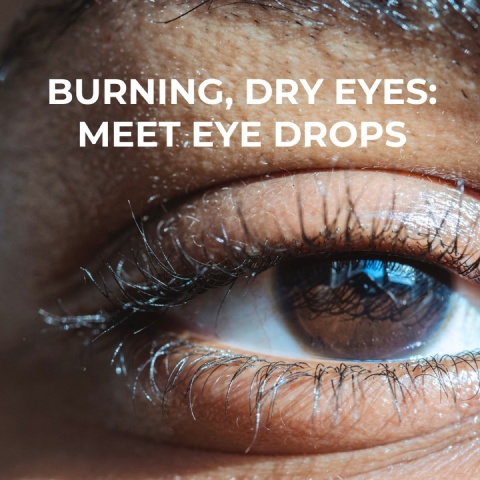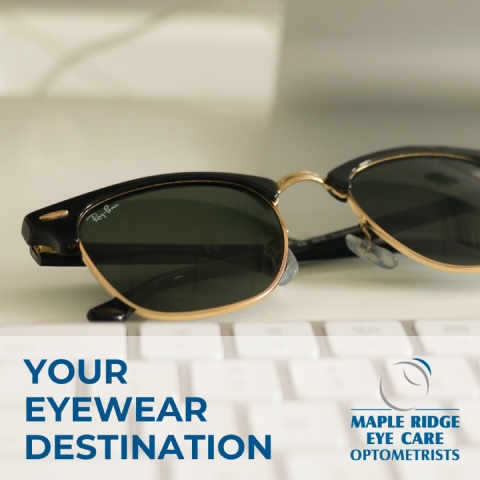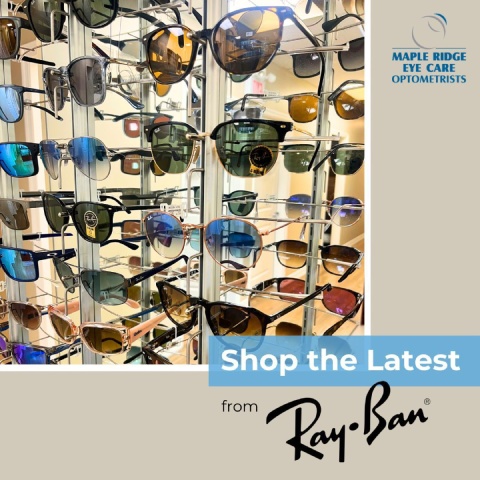State-Of-The-Art Technology
During your eye exam, you experience several tests designed to help us assess your eye health and vision. We make it a priority to stay up to date on the latest diagnostic tools and treatments to provide our patients with the best possible eye care.
The technology we use during your exam allows us to diagnose problems in their earliest stages, helping us protect your eye health. We can provide your family with effective and comprehensive care using state-of-the-art technology.
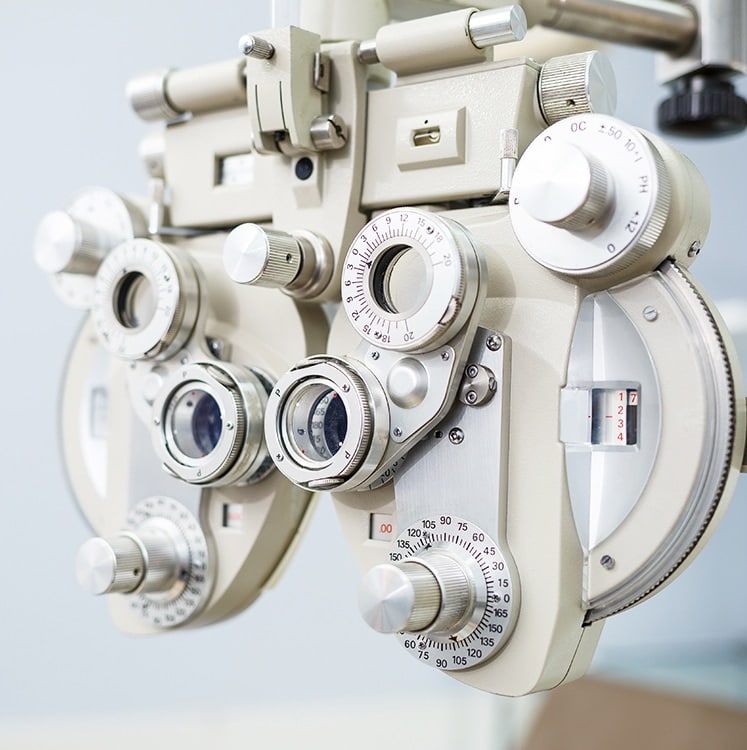
Technology That Meets Your Needs
The optometry profession is consistently evolving, helping doctors better assess and treat patients. With new techniques and practices developing every day, we need to be aware of the latest developments.
To better serve you and your family, we have invested in effective technologies to assist us during comprehensive eye exams. We can get a complete picture of your eye health using our various tests.

Our Technology
At Maple Ridge Eye Care, we utilize effective modern technology to help us identify and treat different eye diseases. Your optometrist will choose specific tests to assess your eye health. These tests can help protect your eye health and preserve your vision.
Visual Field Testing
Visual field testing is used to determine how wide of an area you can see, helping us identify blind spots in your vision. These blind spots can determine whether or not you’re experiencing eye conditions. We use Humphrey Matrix technology from Zeiss to complete visual field testing.
Digital Retinal Images
We use digital retinal imaging during every adult eye exam we perform. This technology helps us identify diseases and provides a reference point when completing future exams. Retinal imaging provides us with detailed scans that we can easily examine for potential issues.
Corneal Mapping
Corneal mapping, or corneal topography, helps us map the cornea, the clear tissue covering the front of your eye. This technology helps create a 3D image of your cornea, helping identify injuries and diseases, and assisting in contact lens fittings. We use products from Topcon and TOMEY when utilizing corneal mapping.
Axial Length Measurement
Children with myopia are at risk of worsened vision with age. Myopic progression can cause a reliance on heavy prescriptions and an increased risk of eye diseases. Monitoring the growth rate of the eyes is vital for determining the risk of rapid myopia progression.
With technology like the Topcon MYAH, we can measure your child’s axial length with speed and precision.
iCare Tonometry
Glaucoma can lead to severe vision loss with almost no visible symptoms in its earliest stages. Many forms of this disease can increase your intraocular pressure (IOP). We perform IOP measurements using the iCare tonometer or a non-contact tonometer during every eye exam to catch signs of glaucoma early.
Slit Lamp Biomicroscopy
A slit lamp examination includes using a bright light and microscope to look at your cornea, iris, retina, and optic nerve in detail. After dilating your eyes, we focus a thin beam of light on your eye.
This light allows us to see the internal structures of your eye, helping identify any problems before your vision is affected. With products from Reichert Instruments, we can help protect your eye health.
Meibography
Dry eyes are becoming more common as Canadians spend more time on their computers and other digital devices. Examining the meibomian glands is vital for determining the cause of your dry eyes. With technology from Topcon, we can use meibography to complete an infrared scan of your meibomian glands.
Optical Coherence Tomography
Optical coherence tomography (OCT) technology, such as the iVue, allows our team to scan and capture cross-sectional images of your retina. Using high-frequency light rays helps scan the retina, creating detailed images of its different layers. These images can help us identify and monitor the progress of different conditions.
We Have the Technology to Help
If you’re looking for a comprehensive eye exam, we have the technology to help. We can use several tests during your exam, depending on your needs. Book an appointment and see how our technology can help us better care for your eye health.
OUR LOCATION
Maple Ridge Eye Care is located on the corner of Dewdney Trunk Road and 230 Street, directly across from the Tim Hortons. Parking is available in the lot directly behind our practice. If you have any questions or are having trouble finding us, please give us a call!

Our Address
- 23015 Dewdney Trunk Road
- Maple Ridge, BC V2X 3K9
Contact Information
- Phone: 604-463-4469
- Email: mapleridgeeyecarestaff@gmail.com
Our Hours
- Monday: 9:00 AM – 6:00 PM
- Tuesday: 8:00 AM – 8:00 PM
- Wednesday: 8:00 AM – 8:00 PM
- Thursday: 8:00 AM – 8:00 PM
- Friday: 9:00 AM – 6:00 PM
- Saturday: 9:00 AM – 4:30 PM
- Sunday: Closed
OUR BRANDS






OUR GOOGLE REVIEWS & TESTIMONIALS
I have had a positive experience with the Macumira treatment. I started with the four treatments in two weeks and have had a treatment every three months since that time. I have had improvement in my vision, especially in my weak eye, going from 20/200 to 20/70 and at the last treatment 20/60. I am always checking to see how I see in low-light situations, and that varies. The techs are very helpful and the doctors follow the progress of the patients. At the age of 74, I want to extend my quality of vision as much as possible.
Tim F.
“Maple Ridge eye care is awesome! The doctors there are very professional and personable. They walked me through everything they were testing on my eyes and so I felt very comfortable. They have a great selection of frames as well. The frames I got were fabulous and I’ve received so many compliments on them! All and all a great experience and I would highly recommend to anyone.”
Shaina W.
“We had a great experience at Maple Ridge Eye Care! Dr. Matter was very knowledgable and personable. He took the time to answer all my questions and explain everything in terms I could understand. He was also great with my 3 year old son.”
Sharleen M.
“My wife and I have been going to Maple Ridge Eye Care for a number of years. We have since moved to Hope, BC and still continue to remain their patients. We have purchased many glasses from them over the years and have always received the best value for our dollar. Dr. Hurlburt and his staff have always provided the best and friendliest service, we would never trust anyone else with our eyes!”
Jeannette C.
“Although no longer a resident of Maple Ridge, I continue and will continue returning to Maple Ridge Eye Care for my eye care needs. The staff are the friendliest and most knowledgeable group I have had the pleasure of dealing with. The exams are very comprehensive and I feel confident that any and all eye sight issues (or related health issues) would be identified early and while they are treatable.”
Linda C.

OUR BLOG
Can Dry Eyes Cause Headaches?
Dry Eyes, Eye Conditions & HealthWhile dry eye may not directly cause headaches, the two conditions are thought to have common causes, so people who experience one are often more likely to also experience the other. […]
What Shape Eyeglasses for a Round Face?
EyeglassesThe key is to select frames with angular shapes—like square or rectangular—to add definition and contrast to the soft curves of your features. […]
Who Is a Good Candidate for MacuMira?
Eye Conditions & Health, MacuMiraIndividuals with a diagnosis of dry age-related macular degeneration, particularly in its early to intermediate stages, are often good candidates for MacuMira therapy. […]
Can Dry Eyes Cause Headaches?

While dry eye may not directly cause headaches, the two conditions are thought to have common causes, so people who experience one are often more likely to also experience the other. […]
What Shape Eyeglasses for a Round Face?

The key is to select frames with angular shapes—like square or rectangular—to add definition and contrast to the soft curves of your features. […]
Who Is a Good Candidate for MacuMira?

Individuals with a diagnosis of dry age-related macular degeneration, particularly in its early to intermediate stages, are often good candidates for MacuMira therapy. […]





